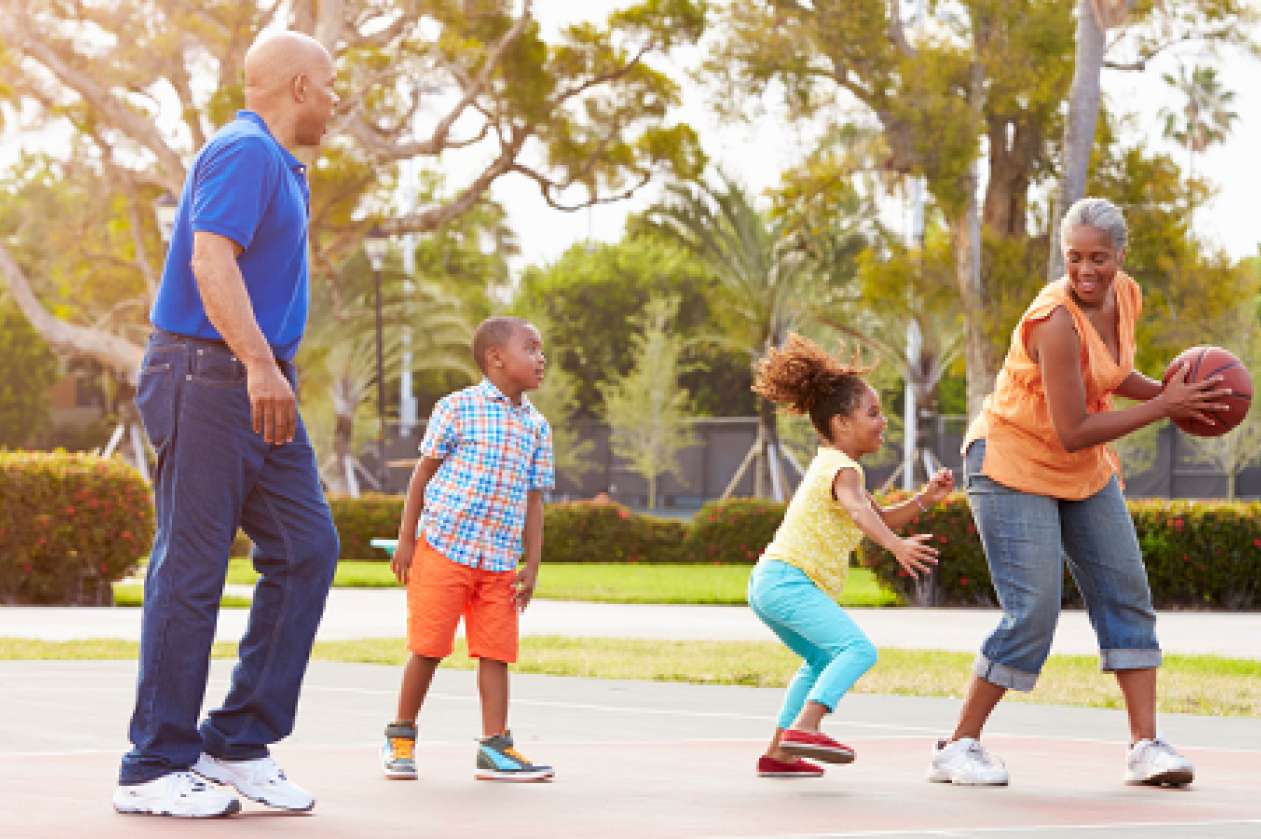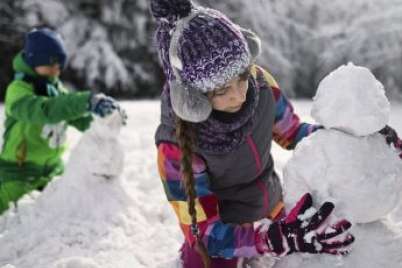
9 communities to pilot Canadian Sport for Life approach to sport and physical activity
How do you make a community physically active for life?
With a chuckle, Lea Norris paraphrases a colleague’s thoughts on the subject.
“It’s about getting physical literacy into the water supply,” says Norris, the project’s lead for Canadian Sport for Life’s community connections.
She’s kidding, of course, but the meaning behind the words is clear — physical literacy must be part of every aspect of our lives.
That’s what she’s aiming to do in her role at Canadian Sport for Life (CS4L), a movement to create better-quality sport and physical literacy experiences across Canada. It seeks to link sport, education, recreation, and health, and to align community, provincial, and national programming.
This year, nine communities across Canada are testing the CS4L approach to sport and physical activity for children and adults. Those communities include Abbotsford, B.C.; Cochrane, Ab.; Hamilton, Ont.; Red Deer, Ab.; Vancouver, B.C.; Edmonton, Ab.; Victoria, B.C.; Winnipeg, Man.; and Toronto, Ont.
The idea, says Norris, is to create long-term benefits for people, young and old, through community engagement and better-quality sport opportunities.
“The word ‘policy’ makes people’s eyes glaze over,” she says with a chuckle.
“But when policy is followed through with action, it makes a big difference.”
Norris, who lives in Cochrane, Alberta, says the communities were chosen because they were early adopters. People within the communities had expressed an interest in being part of the CS4L program, before the Fall 2014 plans were confirmed.
“They’re pretty engaged because they’re keen,” she says.
“You have people who are already champions and who are actually willing to contribute to the cause.”
And work hard to make a difference. To support their goals, each community receives $15,000 from the J.W. McConnell Family Foundation; each community then matches that grant with money from their own community.
And every project in every community is slightly different.
In Victoria, for instance, that money will go toward developing physical literacy in aboriginal children and adapted populations (children in wheelchairs, for example), to “remove the barriers that may otherwise prevent them from gaining access to physical literacy and quality sport,” according to the CS4L physical literacy website.
Each of the nine communities will also receive mentoring and ongoing support. Mentors help facilitate community discussion and provide motivation to stay on course and achieve goals.
“We all share information on what we’re doing,” Norris says.
While each of the nine communities has different goals, every goal is about “making physical literacy a no-brainer,” Norris says with a laugh. Every decision made within a community — health, education, recreation, whatever — should include a physical literacy component.
“What would be the best opportunity for our environment and our community?” Norris asks.
“If we all agree that physical activity is of value, then it should be embedded throughout our lives.”
The project will continue through March 2015.
“But the plan is to continue to support communities in whatever way we can,” she says.
“This is a step toward a system-wide, long-term change that will benefit the next generation. If it makes our kids healthier, that’s a good thing.”





